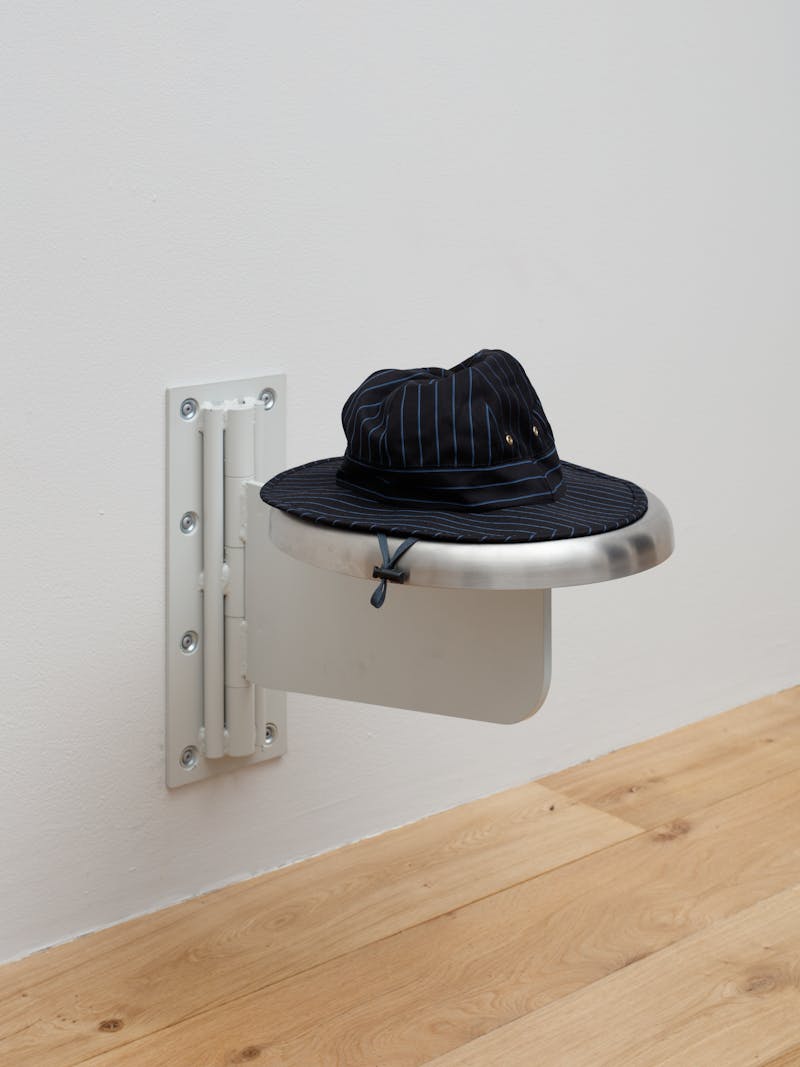If you were the sole survivor of an apocalypse which claimed all the people but left the buildings standing, where would you go? Probably not Derby cathedral – or at least, not straightaway – but that is one of the options offered by the V21 art space software, which allows online visitors unfettered (and eerily solitary) access to some extraordinary places, as if you are the last one alive.
From closely inspecting vitrines at a science museum to climbing up ancient stairwells of a church, the software offers an incredibly detailed experience – albeit from behind the laptop screen. After being virtually thrown into a room of your choosing, the cursor becomes your eyes, fingertips and feet. As receptive and sensitive to the awkward shuffling of real time it’s like wearing Harry Potter’s invisibility cloak and silently passing through walls, doors, windows and importantly ignoring beeping barriers. There are no guards or invigilators to inhibit your approach to whatever you wish and as closely as you want.
Of late, a lonely trip to the supermarket has become almost a cultural day out. It’s not quite the passeggiata but people-watching has seldom been better, as wary shoppers stagger the aisles in their jazzy face-masks. The waiting time is longer in the queue for Tesco than it was for the Cezanne retrospective at the National Gallery. But we don’t mind waiting as, at this moment, a real apple is better than a painted one. In need of a glimpse into history, and not the freezer section, an afternoon of V21 museum-hopping will perhaps be the most fun you’ve had all month.
This experience calls to mind Craig Raine’s poem ‘A Martian Sends A Postcard Home’ which imagines our world as seen by aliens devoid of cultural context. Stepping inside the other-worldly Radic Pavilion at Hauser & Wirth gallery in Somerset – it actually resembles an extraterrestrial’s spaceship – confirms my feelings of alienation. The impressive shell-like structure designed by Chilean architect Smiljan Radic is crafted out of fibreglass, steel and wood. I’m encouraged to make dizzying 360 degree circuits, climbing underneath the structure to inspect the rocks it’s been built on, as a geologist might. Then I stand at an empty bar, waiting to give my order, tables and chairs laid for a soiree... I must have missed it.
Waiting at the door to Vietnamese-born artist Sung Tieu’s exhibition ‘In Cold Print’ at Nottingham Contemporary, you become suddenly helpless. Which way? Minutes pass. I’m resembling a drunk with the spins. Wavering, agitatedly remembering the mnemonic for navigation (Never Eat Shredded Wheat) – then the cursor helpfully becomes a compass. On the floor is a footpath of haloes that lead to the exhibition. When clicked, each glides you to points in the room. Shifting through glass, steel and concrete like thin air, this is an exhibition experience like no other. As I get to grips with the cursor, I make a quick diversion through the gift shop, inspecting a turnstile of wrapping paper and a cabinet of jewellery. A fluke freeze-frame confirms I’m not alone: there’s a glimpse of a shop assistant at a desk, paused while typing on his keyboard. I tried for a closer look, but I could never find him again: he was as ghostly an apparition as I was.

Sung Teiu, In Cold Print, 2020
Moving sheepishly back to the exhibition, ‘In Cold Print’ is a busy installation of a partitioned maze with concrete pillars, sculptures, TV screens and a disorientating soundscape. The cacophony reverberates across the room is a reconstruction of the sonic weapon, Havana Syndrome. Reported in 2016 by United States and Canadian embassy staff who accused Cuba of developing it to cause nausea and headaches. What is an all-encompassing exhibition in reality, has some compromising flaws when reviewed on a laptop screen. It’s not all-encompassing, for one. The overwhelming sound seeping through the maze is only accessed by hovering the cursor over a pillar. I want to hear it while I glide, zooming into the series of printed brain scans made when Tieu was listening to the very same thing. Another oddity: the high-resolution photography make clumps of dust on the floor and black scuffs on the wall disconcertingly clear. Continually diverted away from the exhibition and somewhat claustrophobic as I reach the end of the maze, I am in need of a coffee break. But the café’s closed. I’ll put the kettle on.
Now I’m at the History of Science Museum in Oxford, hovering over Albert Einstein’s theory of relativity hanging on the wall. The room is filled with scattered vitrines of various categorised objects. Part of the fun is guessing what they are, as reading the blurry captions is a job in itself, akin to this art critic attempting to understand E=mc2. Feeling once again as if I’m in Hogwarts, I float up spiral staircases and pass through glass with my invisibility cloak. Like rummaging inside a cabinet of curiosity painting of the 16th century – only the curiosities here become two-dimensional frivolities in pixels. One of the joys of trip to a museum is attempting to understand facts then clumsily relaying them to a loved one. But captionless exhibits reveal no discernible information, and the wonderment of poking and probing is lost when I have nothing to read nor anyone to talk to. I’m craving a supple-voiced tour guide to make sense of what I’m seeing.
V21 bills itself as ‘the closest thing to being there’ – which is to say, more tantalising than not being there at all. For all its entertaining swoops around these fascinating places and vacant spaces, it cannot help but leave you feeling mostly alienated. Craig Raine might approve.